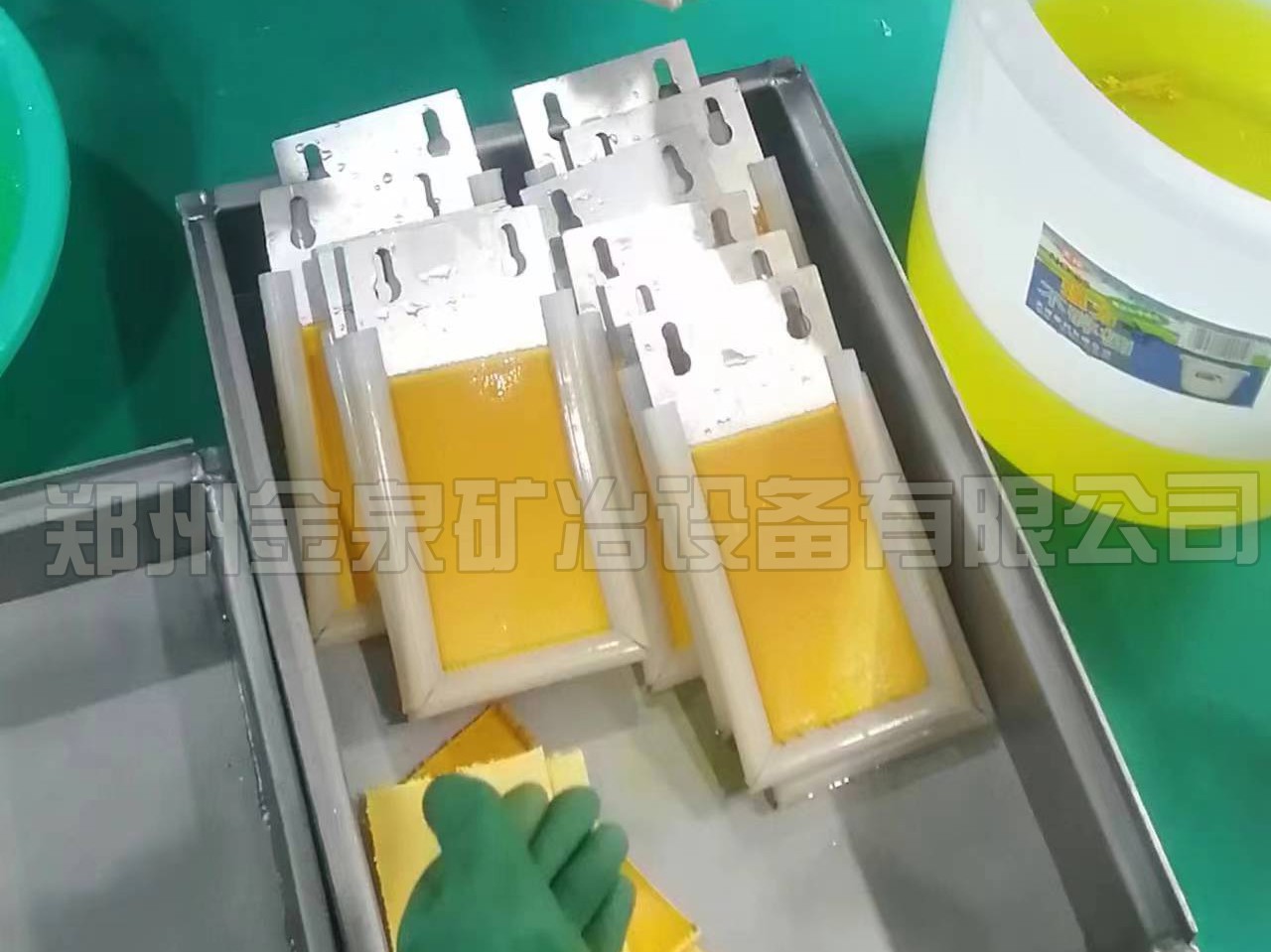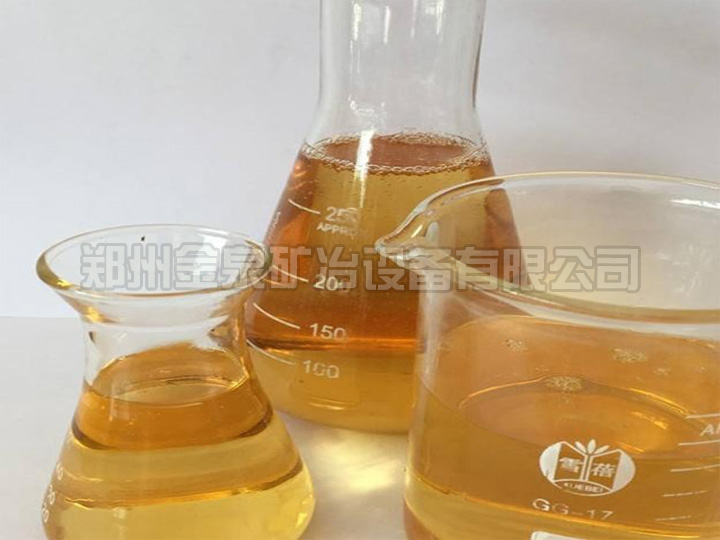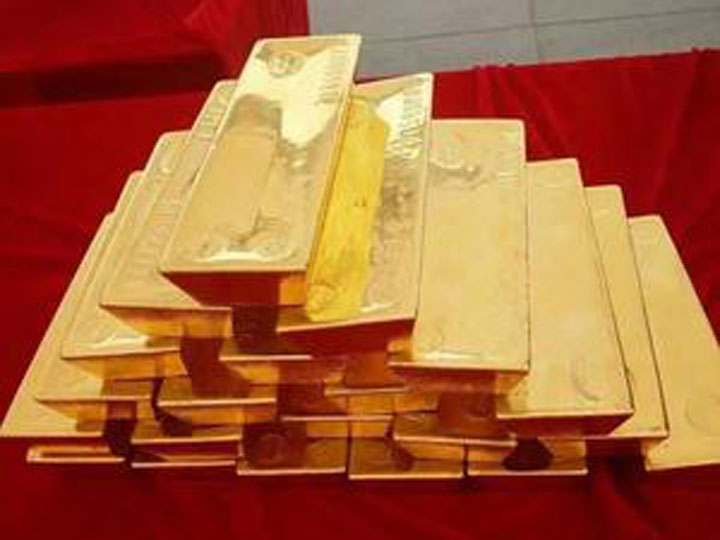 +8613303827570
+8613303827570
The copper electrolysis system uses the latest permanent cathode technology, completely replacing the Initial electrode plate electrolysis process; high-dimensional precision ethylene-base epoxy resin is used for the entire electrolysis tank, replacing the original glass electrolysis tank to accelerate material turnover.
Simultaneously, ground communication is added, enabling wireless information exchange between crane, machinery, and electrolysis tanks during assembly status; AGV small car intelligent transfer is adopted for output lines to optimize material transportation scheduling; constant brightness control and human body sensing technologies are applied to achieve smart lighting and reduce energy consumption; monitoring of equipment operation status, automatic generation of data reports and statistical analysis are implemented.
Copper Recovery Euipment Project Case:

High-density Copper Electrolysis Tank Model Marameters:
Model | Copper Output Capacity | Other | Power | Materials |
JQ-JDJ-20 | 20kg/d | depending on operating conditions | 380V | PPH |
JQ-JDJ-50 | 50kg/d | |||
JQ-JDJ-100 | 100kg/d |
-
 common methods for separating gold and silvercommon methods for separating gold and silver
common methods for separating gold and silvercommon methods for separating gold and silverCommon Methods for Separating Gold and Silver:
Chemical dissolution method: Gold can be dissolved in hydrochloric acid, while silver reacts with Cl⁻ ions to form a silver chloride precipitate during the dissolution process. After filtering, gold and silver are separated.
Aqua-regia solution method: Suitable for alloys with low silver content (silver typically below 10%), this method allows both gold and silver to dissolve. However, after dissolving, silver reacts with Cl⁻ ions to form a silverCommon Methods for Separating Gold and Silver chloride precipitate, enabling it to be separated from gold.
-
 chemical separation of gold and silverchemical separation of gold and silver
chemical separation of gold and silverchemical separation of gold and silverChemical separation of gold and silver:
Using a single acid, it cannot dissolve gold but can dissolve silver, achieving the separation of gold and silver. Hydrochloric acid or sulfuric acid is commonly used. This method is typically used for gold-silver alloys with a gold content below 30%, while silver, copper, iron, and zinc can be dissolved in hydrochloric acid or sulfuric acid, whereas gold cannot. After filtering and washing, it can obtain gold with over 98% purity. For lead-containing alloys, hydrochloric acid is used for dissolution
-
 extraction of gold from alloy goldextraction of gold from alloy gold
extraction of gold from alloy goldextraction of gold from alloy goldAlloy gold: Alloy gold produced by roasting mercury paste on a mercury plate, alloy gold produced by melting gold paste in a converter, alloy gold produced by melting gold paste after removing impurities with nitric acid, alloy gold obtained by pyrometallurgical or hydrometallurgical treatment of copper lead anode paste, and other alloy gold produced in other gold and silver mines and rare and precious plants for non-ferrous metallurgy.
The gold content is 40%~99.9%, and the silver content is 40%~99.9%.







